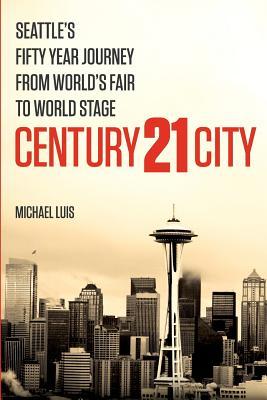In the 1950s, Seattle was a minor-league city, with an economy that had changed little since the Klondike Gold Rush. The Century 21 Exhibition, Seattle's 1962 World's Fair, aimed to shake the region out of its economic torpor, embracing a vision of technology and globalization. Over the past fifty years, that vision has been realized, as Seattle has transformed itself into one of the nation's most successful metropolitan areas.
In describing Seattle's evolution, Century 21 City provides a detailed look at the larger question of how metropolitan areas turn themselves into the essential building blocks of the global economy. Grounding Seattle's story in contemporary social science, Century 21 City provides a case study of regional development that will prove valuable to cities as they find their own paths through a challenging environment.
Century 21 City is the first comprehensive history of Seattle written since the mid-1970s. The city and region have changed dramatically since then, and this book tells the story of that change. While it focuses on the economic evolution of the region, Century 21 City also outlines the political landscape as it shifted from a Seattle-centric to a multi-centric region. It describes, for the first time, the regional leadership model that has emerged and allows Seattle to project itself confidently into the larger world.
Written in a brisk, engaging style, Century 21 City use data and specific industry examples to flesh out the important themes of metropolitan economics and politics. The lay reader and practitioner alike will gain a sharper understanding of what it means to be a vibrant, metropolitan region in an ever-changing world economy.
